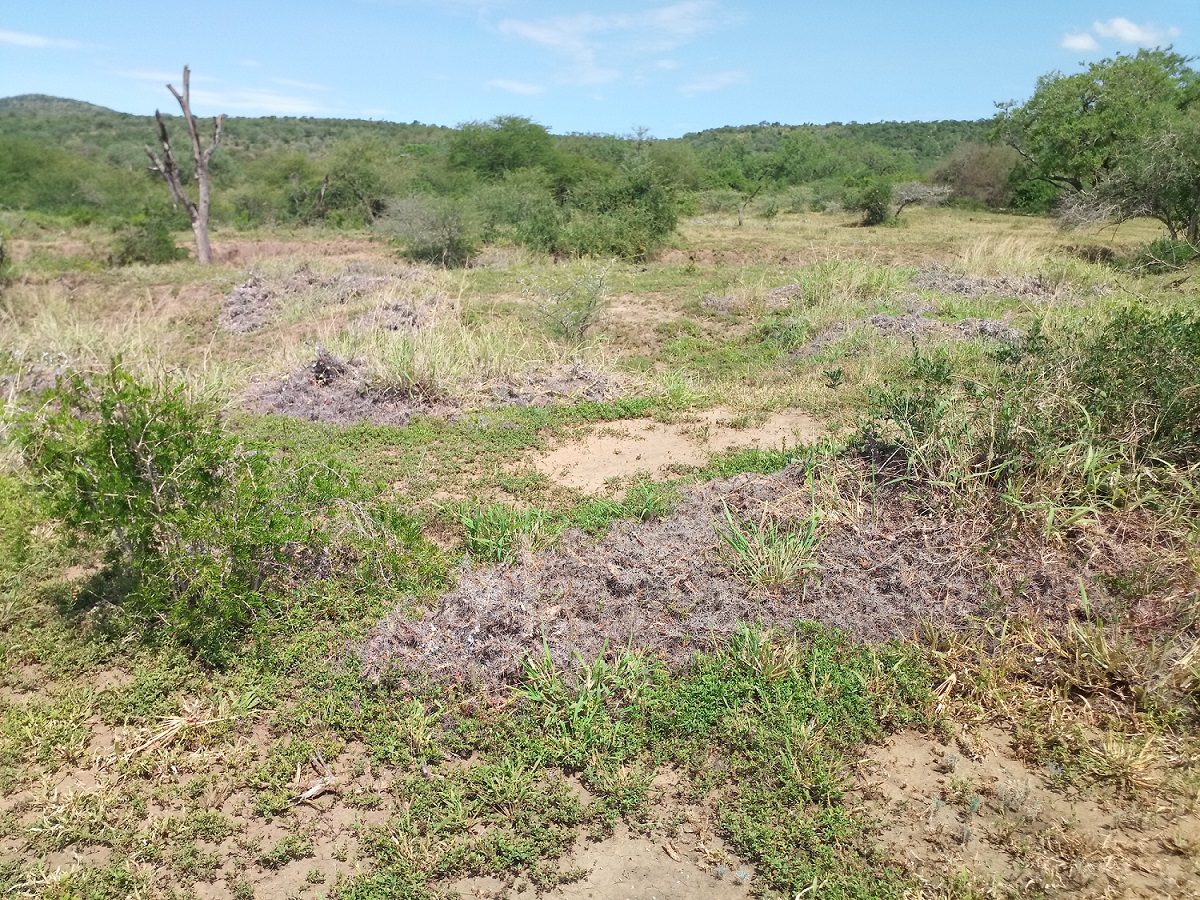
Hluhluwe-iMfolozi Park is the oldest proclaimed nature reserve in Africa and is known around the world for its amazing wildlife and biodiversity. The park is in Zululand, kwaZulu-Natal. As with all protected areas, invasive alien plants are a serious threat to the park and must be controlled. Recently, infestations of the invasive alien cactus, Opuntia aurantiaca or jointed cactus, were recorded in some remote areas of the park. Jointed cactus is indigenous to South America but was introduced to South Africa many years ago and quickly became a serious problem in South Africa. It forms dense, spiny thickets that stop the movement of livestock and wildlife through infested areas, it can restrict access to water sources, reduces grazing capacity and is directly harmful to animals because of the sharp spines.
In September 2019 the Centre for Bbiological Control sent a consignment of the biological control agent, a cochineal insect called Dactylopius austrinus, to Hluhluwe-iMfolozi where it was released by the conservation team. The results of this release have been fantastic! Plants near the release site have been killed by the agent and it has spread to other plants in the area. The agent will now provide permanent control, keeping the population of jointed cactus at very low population densities that are not harmful to the ecosystem. This is another example of biocontrol safely and effectively controlling an invasive alien plant for the protection of South Africa’s biodiversity.
Funding from Working for Water (WfW) of the Natural Resource Management (NRM) programmes (DEFF: Department of Environment, Forestry and Fisheries) made this work possible.
